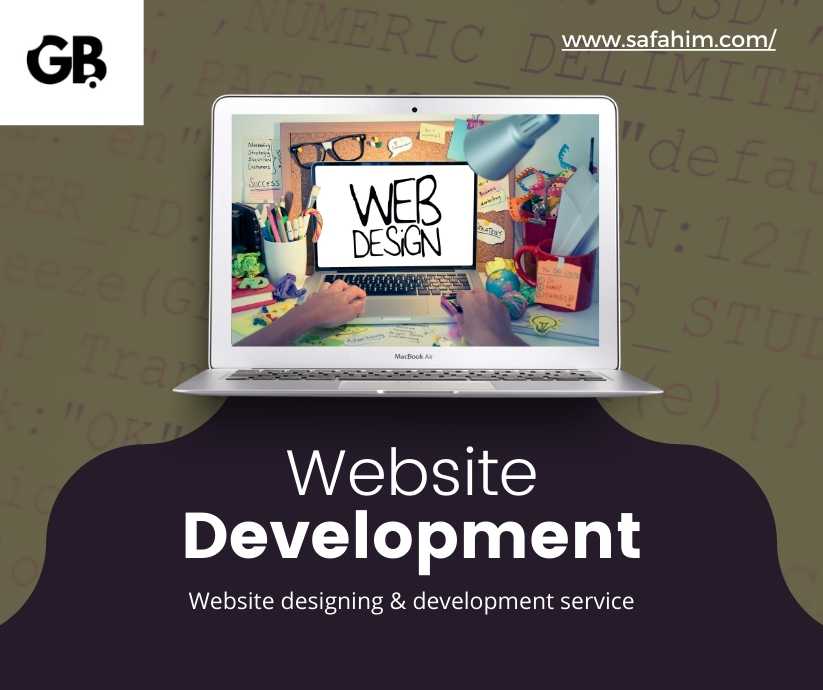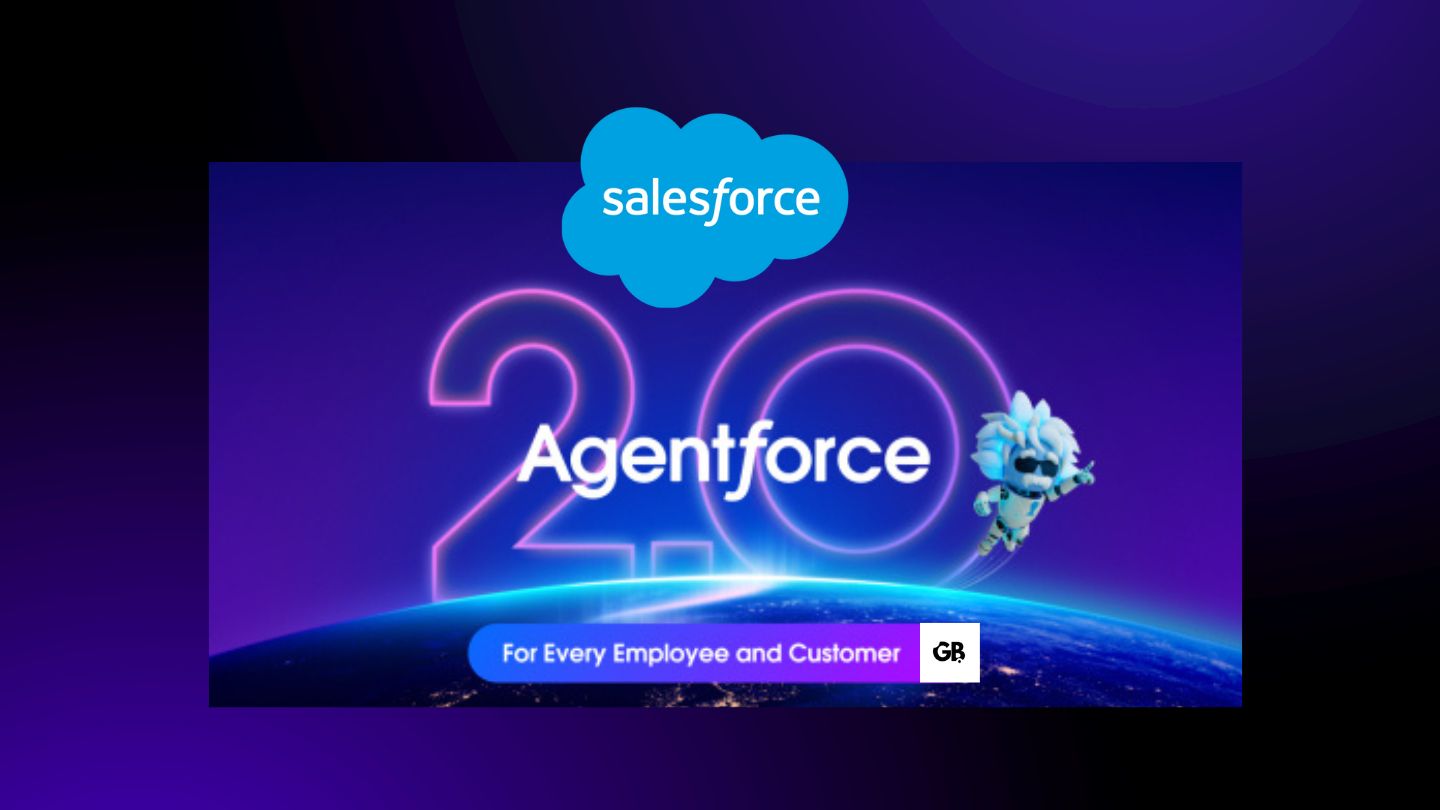
Save Time & Money; By Business Automation Software
Having in mind that sometimes it’s terribly overwhelming to repeat and redo several tasks within your business, let me assure you, that you’re not alone. I’ve been there too. That is just the place where business automation softwares come in. They’re like little helpers, taking over the boring, repetitive jobs so we can focus on bigger and better things for our business. Let me share what I have learned about these tools in combination with real-life examples and expert advice.
What Are Business Automation Software?
Business automation softwares are types of software or applications that help in the automation of tasks to be performed by businesses, without having us do it manually each and every time. Think of sending follow-up emails, scheduling social media posts, or even processing payments, Without doing those by hand, automation tools do it for us.
Types of Business Automation Softwares
Let me talk about a couple of categories of these tools. I’ll keep it simple:
1) Marketing Automation
- These types of tools take care of activities that involve sending emails, managing social media posts, running ads, etc.
- Example: Mailchimp is great for email marketing. You can use it to automate sending welcome emails to new subscribers or reminders about an offer.
2) Customer Relationship Management (CRM)
- CRM tools help us keep track of and manage customer interactions.
- Example: HubSpot keeps all customer data in one location, so when speaking with a client, you know their history with your business without having to flip through notes.
3) Project Management
- These tools organize tasks and keep teams on track.
- Example: Trello is great for organizing projects visually. I’ve used it to plan website launches, and it keeps everyone updated.
4) Accounting and Finance
- These types of tools take care of invoices, expenses, and even taxes.
- Example: QuickBooks makes invoicing and tracking payments easy. I’ve even set it to send reminders to clients who forgot to pay on time.
Why Use Automation Softwares?
- Saves Time: Automation Tools It saves hours of work every week for businesses by automating tasks.
- Reduces Errors: Humans may commit mistakes, but tools will do exactly as instructed.
- Increases Productivity: Automation Tools will enhance productivity because, with more time and fewer errors, businesses can achieve more in less time.
- Improves Customer Satisfaction: Automation Tools improve customer satisfaction due to reduced response times and a higher quality of service.
Real Examples of Automation Softwares
Let’s take a few examples of some of the most well-known business automation tools.
1. Zapier
Zapier is a tool to connect various apps and automate workflow. For example, if you run a small online business, with Zapier you could add every new sale from your website to a Google Sheet automatically. That way, you don’t have to do it every time someone buys something.
2. Mailchimp
Automation tools for email marketing, like Mailchimp, help you automate your emails in one go. I once did some work with a local bakery; they use Mailchimp for newsletters. They had it set that every month, it automatically sends a new recipe, along with special offers to their subscribers. That really saved them a lot of time!
3. Trello
Trello helps teams keep tabs on projects, due dates, and reminders. This keeps everyone informed about what needs to be done and when it is required.
Coca-Cola’s Use of Automation
Even very large companies make use of automation tools. Take a moment and think about Coca-Cola. They use AI-fueled automation technologies that scan customers’ feedback over social media for what works and what doesn’t in their products. In turn, they get timely results. They say it has changed the game for them by improving customer service and marketing campaigns.
Case Study: A Small Business Transformation
Let me introduce a case study of a small business named “Sunny Café.” Before the implementation of any automation tool, the café’s owner, Sarah, used to struggle to manage orders at her café and handle the scheduling of her staff. Many times, she found herself overwhelmed and spending too much time on scheduling and responses to customer inquiries.

The Solution
Sarah then integrated some automation tools into her business. These included:
- Point of Sale (POS) System: She migrated to a POS system where her sales and inventory were tracked automatically.
- Scheduling Software: She used a tool called “When I Work” for automating staff scheduling. Employees could see their shifts and request time off without needing to call Sarah.
- Social Media Automation: She used Hootsuite to schedule posts on her social media. This way, she was able to advertise her café without having to post something each day.
The Results
After setting these tools into motion, Sarah saw quite a drastic change in things:
- Time Savings: She managed to save about 10 hours a week that she used to invest in scheduling and inventory.
- Fewer Errors: This automated point-of-sale (POS) system minimized mistakes in orders and tracked inventory.
- Happier Customers: Free to now pay more attention to the customers, Sarah’s café received stellar online reviews.
How You Can Start
Starting with automation might seem scary, but trust me, it’s simple. Here’s what I did:
- Find Repetitive Tasks: Observe your daily work. What is it that you do again and again? For me, these were data entry and sending emails.
- Pick a Tool: Research one tool that fits your needs. Start small; you don’t need 10 tools at once.
- Test It Out: Test Yourself Try making one automation. See how it works; modify accordingly.
Final Thoughts
Business automation tools have changed the way I work. From saving time to minimizing errors, these tools enable me to pay more attention to what really matters. Whether you running a small business or managing a team, automation can make things much easier for you, too. Start small, give one a try, and watch how it revolutionizes your business. Trust me, you’ll thank yourself later!
Disclaimer: This article is purely for informational purposes and should not be used as financial or professional advice.






